By Manisha Sahu, America News World
October 17, 2025
In an escalation of its war by energy sabotage, Russia launched a massive drone-and-missile barrage overnight that targeted Ukraine’s gas infrastructure, delivering blows to domestic production and forcing Kyiv to increase its reliance on gas imports. The attacks, part of a broader campaign against Ukraine’s critical energy systems, come as winter approaches and energy security becomes paramount.

Also read :- Italian Publishers Urge Probe into Google AI ‘Traffic Killer’
Devastating Strikes on Gas Facilities
According to Ukrainian authorities and industry sources, Russia deployed more than 300 drones and 37 missiles in the latest round of assaults, striking infrastructure across multiple regions including key gas production and distribution sites.
The state energy company, Naftogaz, confirmed that six major gas facilities have been hit this month alone, some sustaining critical damage. In several instances, operations have been suspended entirely as repair teams scramble to contain the fallout.
Ukraine’s Energy Minister Svitlana Hrynchuk acknowledged that the strikes have significantly undermined domestic gas output, and said Kyiv now plans to raise its gas imports by about 30% to compensate. The prior baseline target for 2025–26 heating season imports was 4.6 billion cubic meters (bcm).
In discussions with U.S. counterparts, Ukraine is exploring liquefied natural gas (LNG) imports and procurement of compressor equipment to expedite supply.
Read this:-Frustrated Gen Z Threatens to Topple African Governments
Impact on Power, Heating & the Public
The damage is not limited to gas extraction and processing. The wider energy grid has suffered as well. The Ukrainian grid operator, Ukrenergo, announced emergency power cuts across every region of the country to stabilize the system amid ongoing attacks.
Earlier in mid-October, Russian attacks knocked out electricity in several areas, especially in the east and central Dnipropetrovsk region, and disabled thermal power plants tied to gas supply networks. In many regions, gas and heating systems relied on electricity for compression, distribution, and auxiliary services, meaning the strikes deliver a dual destabilizing effect.
Winter is looming, and Ukraine’s gas storage levels are already under stress. At present, the country holds approximately 13.2 bcm in underground reserves—about 42% of total capacity. To meet demand, particularly in November–December, Ukraine may need to lean heavily on imports from neighboring countries and LNG supplies.
Strategic and Geopolitical Dimensions
The timing and frequency of these attacks suggest a coordinated campaign to “weaponize winter” — depriving civilians and industry of heat, energy, and normal life. Russia’s targeting of civilian infrastructure draws sharp condemnation, with Ukraine accusing Moscow of deploying terror tactics.
In turn, Ukraine has intensified drone and missile strikes on Russian energy infrastructure, aiming to disrupt Moscow’s fuel supply chain. Analysts estimate that these campaigns have reduced Russian gasoline output by as much as 13–20%.
Zelenskyy and senior officials view such strikes as a form of asymmetric pressure on Russia—striking at the economic backbone of its war machine.
Financial & Import Challenges
Russia’s bombardment of gas production has already knocked out more than half of Ukraine’s domestic natural gas output, according to some estimates. This shortfall translates into hundreds of millions of euros in additional import costs, further straining Kyiv’s finances during wartime.
Ukraine’s National Bank has earlier projected that in 2025 the country would need up to $2.9 billion to finance gas imports. Meanwhile, Naftogaz has already purchased about 0.5 billion cubic meters of U.S. LNG, some of which has reached Ukraine.
To sustain its energy needs, the Ukrainian government is seeking international aid and credit lines. It also is urging domestic users—particularly industrial consumers—to reduce usage wherever possible.
What Lies Ahead: Winter & Diplomacy
Ukraine must walk a delicate path. On one side, it aims to quickly repair damaged facilities and restore production to reduce import dependence. On the other, persistent Russian attacks mean that even repaired sites could be repeatedly hit.
The ability of Ukraine to expand import capacity, whether via pipelines from Hungary, Poland or Slovakia, or via LNG terminals, will determine how well it weathers the cold months.
President Volodymyr Zelenskyy is scheduled to meet U.S. President Donald Trump, with energy support and weapons procurement expected to feature heavily on the agenda. The meeting could help unlock additional American LNG supplies, credit guarantees, or defense systems to shield Ukraine’s infrastructure.
More broadly, the assaults on energy systems strengthen the argument that the conflict is evolving into an “energy war” — one in which civilian infrastructure becomes a frontline. Unless Ukraine’s Western allies step in decisively, the consequences may not be contained within Ukrainian borders. Energy markets in Europe, already fragile, could feel the ripple effects.
Russia’s renewed air campaign against Ukraine’s gas sector signals a grim strategy: to debilitate the country’s ability to heat homes, power industry, and maintain morale. Faced with shrinking production, Ukraine is being forced into a heavier reliance on costly imports. The success or failure of Kyiv’s efforts to scale up LNG and cross-border imports, while simultaneously defending and repairing its infrastructure, may well help determine not just how cold its winter will be—but how resilient Ukraine emerges in the longer conflict.
Discover more from AMERICA NEWS WORLD
Subscribe to get the latest posts sent to your email.
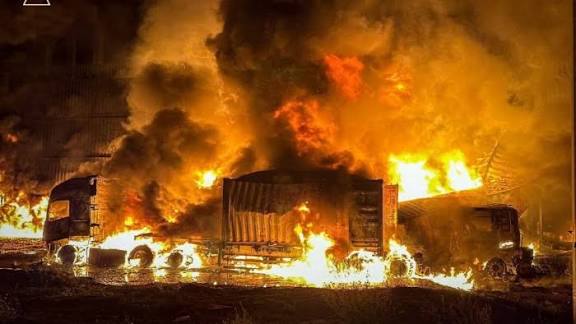




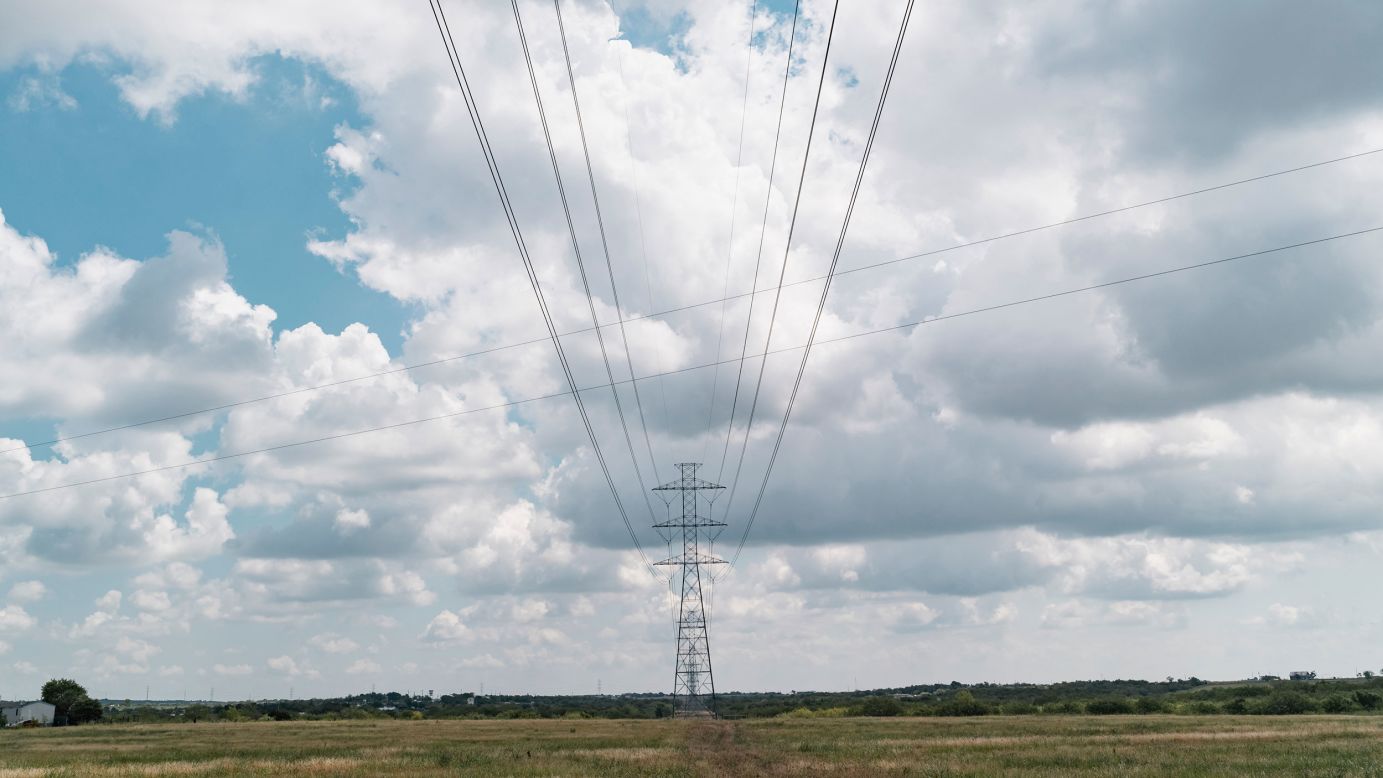







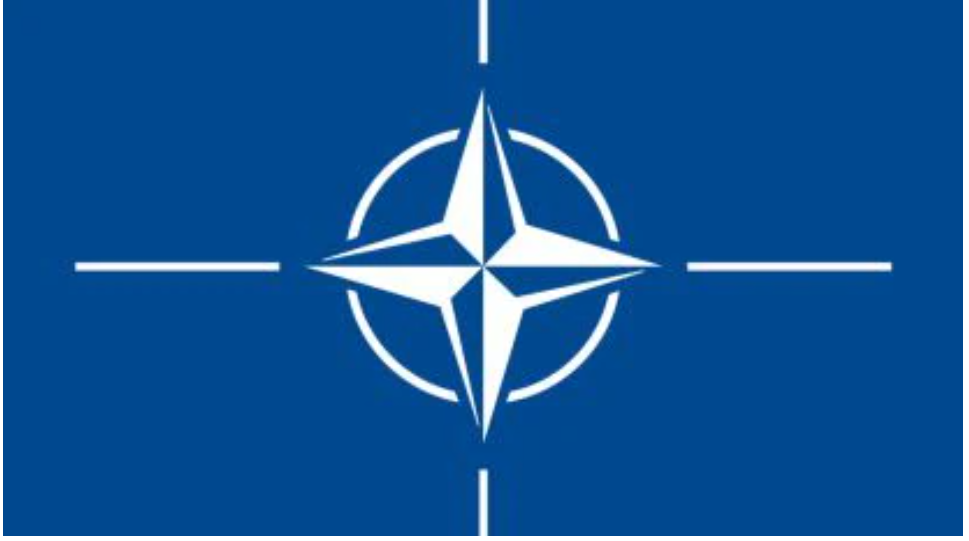
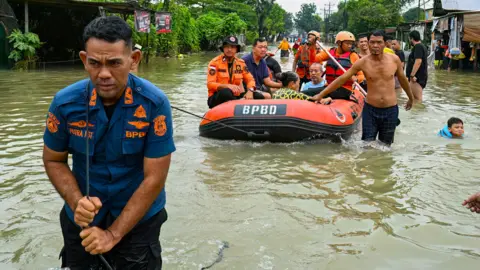



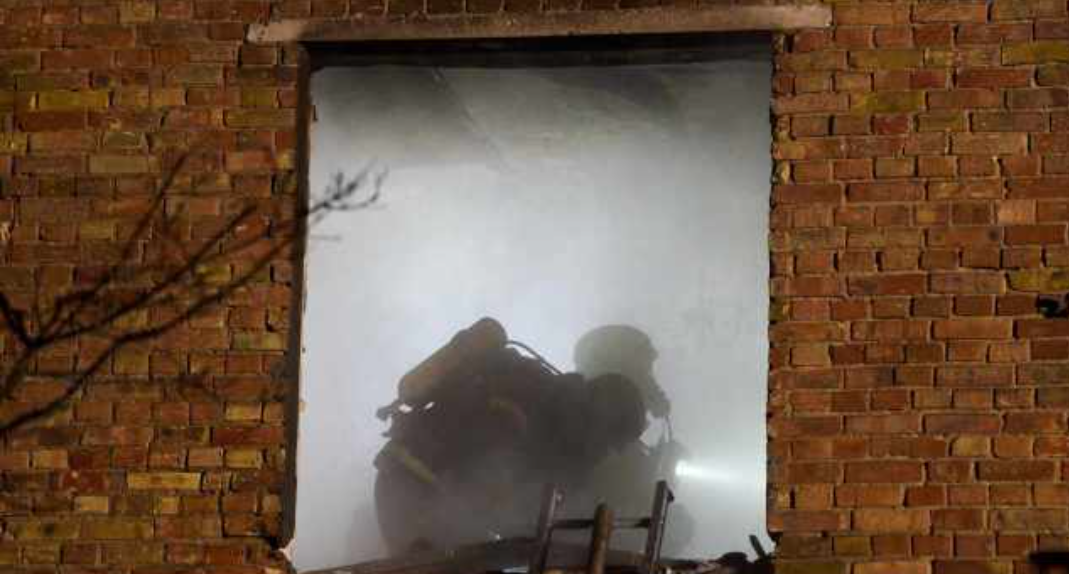













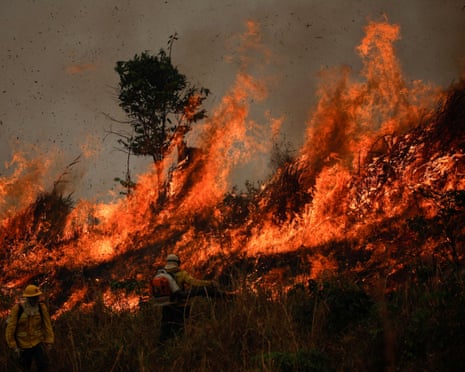
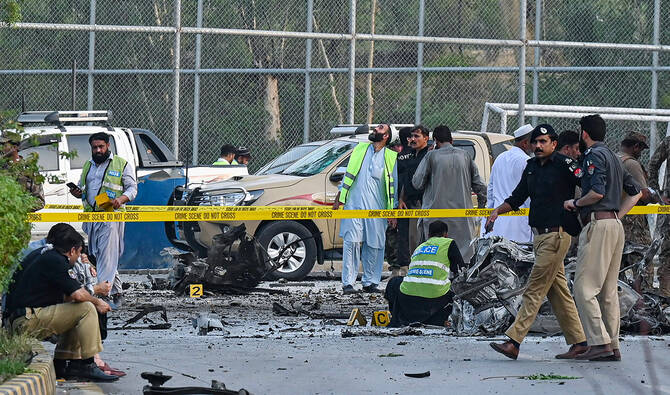


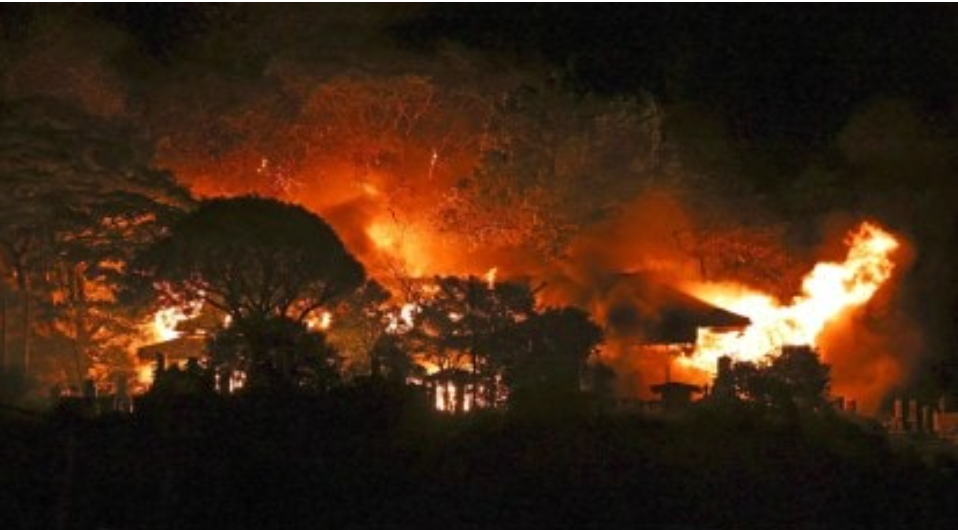




Leave a Reply